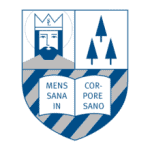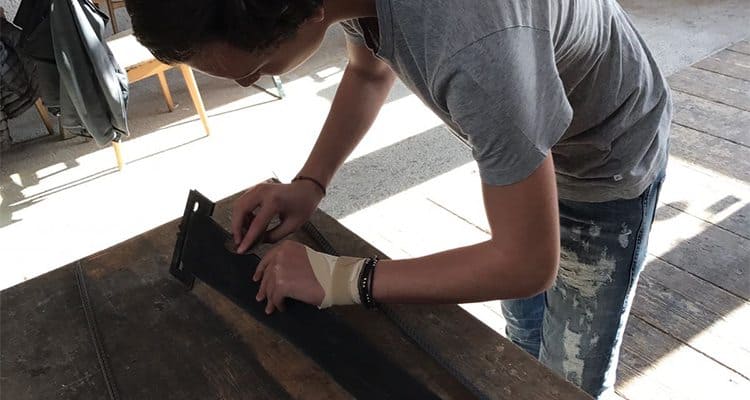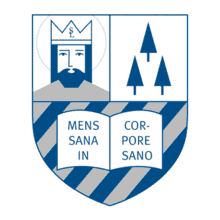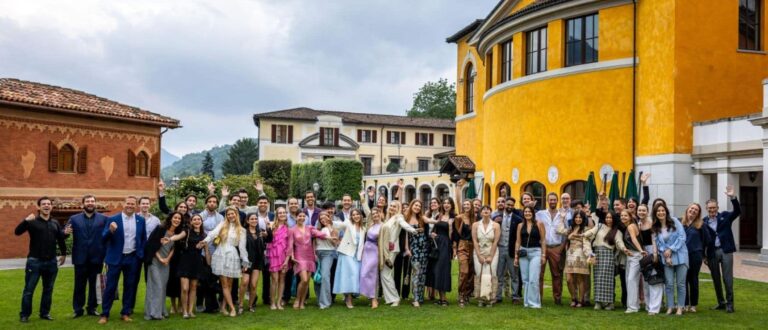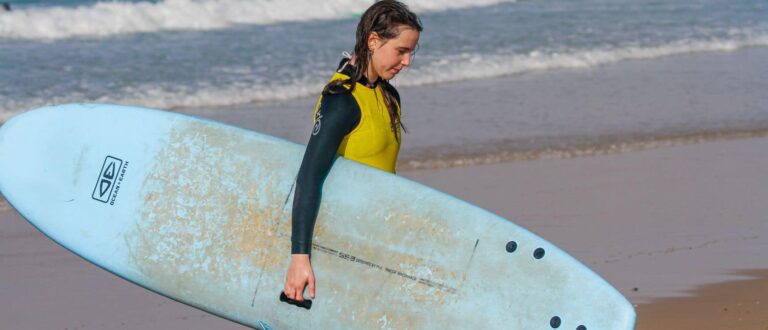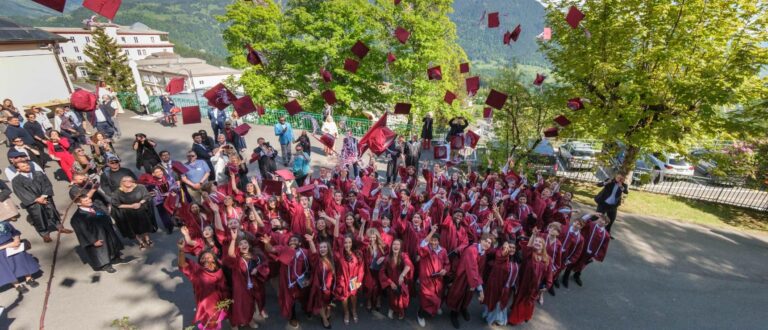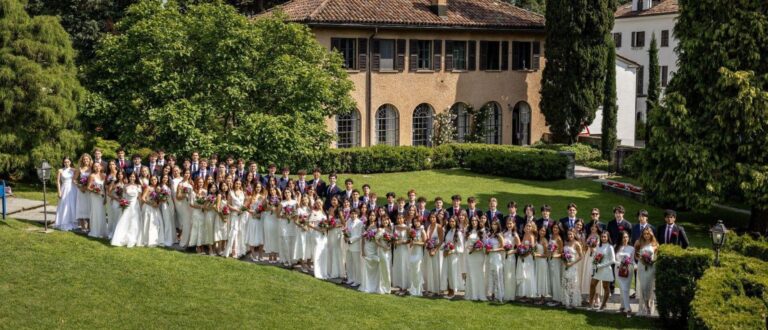 Leopold, student of the Lyceum Alpinum Zuoz in Switzerland, share with us his experience in manufacture of a handmade ski.I began to ski alpine when I was two and a half years old. Since that time, it has been my favourite sport to practice. I also started participating in races, which are always thrill. Skiing is completely different to most other sports because the one in control is just you and you need to have the right technique and body movements to be able to go the way you want to. When the question popped up, what to do in my Maturaarbeit, I immediately knew that I would write about something related to skiing.
Leopold, student of the Lyceum Alpinum Zuoz in Switzerland, share with us his experience in manufacture of a handmade ski.I began to ski alpine when I was two and a half years old. Since that time, it has been my favourite sport to practice. I also started participating in races, which are always thrill. Skiing is completely different to most other sports because the one in control is just you and you need to have the right technique and body movements to be able to go the way you want to. When the question popped up, what to do in my Maturaarbeit, I immediately knew that I would write about something related to skiing.
A friend mentioned that he built his own skis at a private ski building factory, which brought me to the idea of also doing that. It interested me a lot how a ski is being manufactured and how it actually works. It benefitted me also in another way, since I’ve anyway needed a new slalom ski for races. Making your own ski benefits you because you are able to adjust many parts of the ski. I started searching for a private ski manufacturer, where I could build the ski.
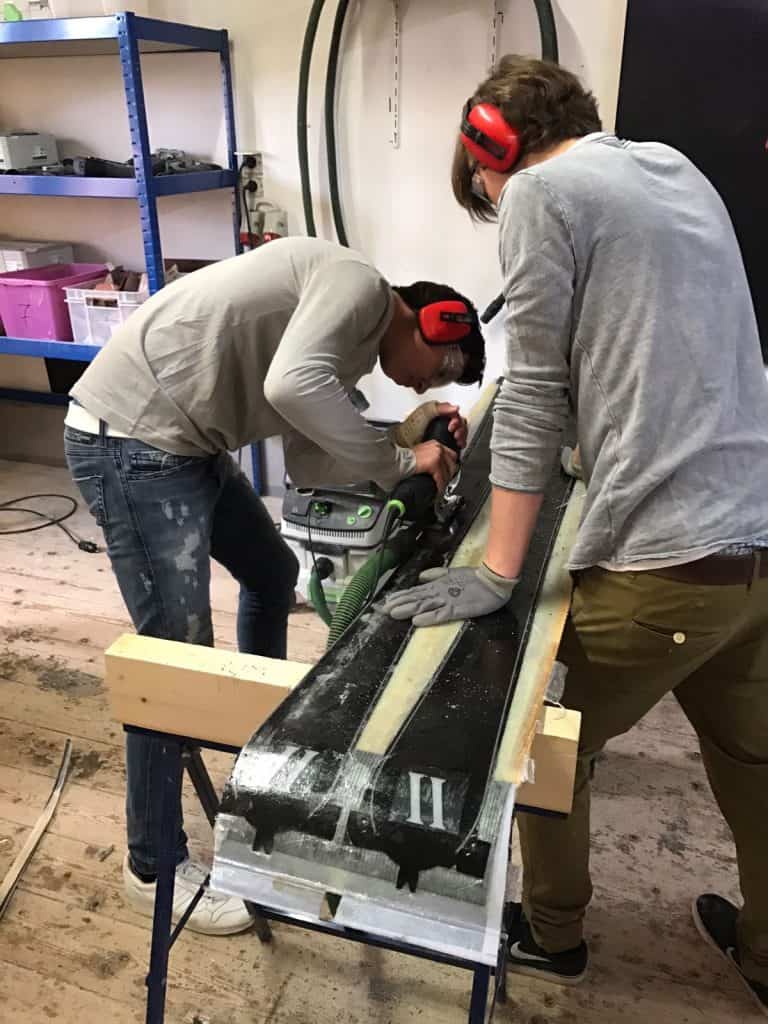
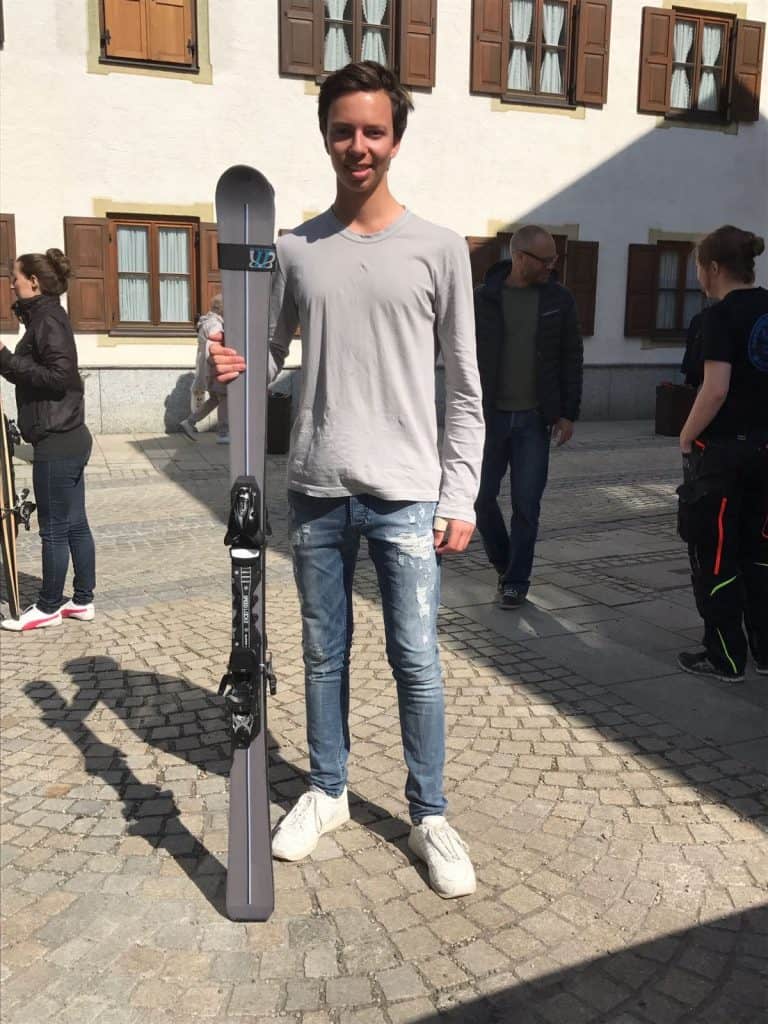
Leopold, M6
